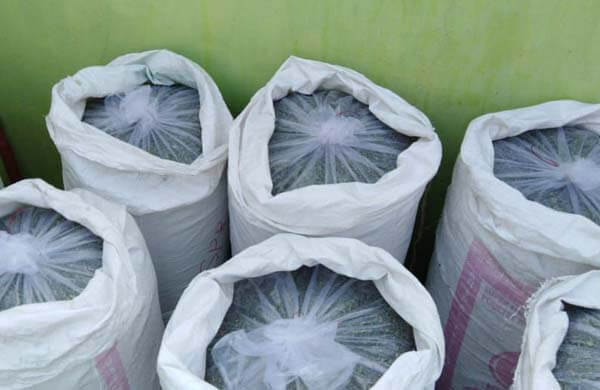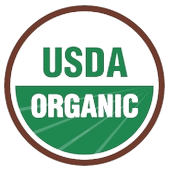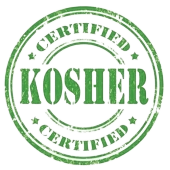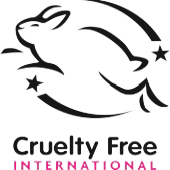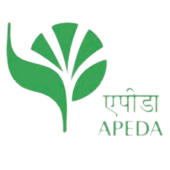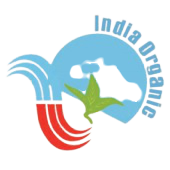At Matha Export International, the Indigo plant is used for two major purposes: for dying clothes such as pieces of denim and hair coloring/dying.
Read More
Indigo Dye


Indigo or Indigotin is a plant-based dye, extracted from the umpteen varieties of indigo plants, native to Asian countries, especially India, and some parts of Africa. The Indigo plant is a shrub with thin leaves and violet flowers. It grows up to 2 meters high (78 inches). The Indigo dye is processed from the leaves by soaking and fermenting them in water to help convert the Glycoside Indican, naturally present in the plant, to the blue dye Indigotin. In Iran and the Soviet Union, this plant is called "Basma."
Indigo is known throughout the world for one of its properties to color fabrics with a deep royal blue hue. This tincture was known as the ‘true indigo.’ Derived by grinding leaves of the plant species, Indigofera, Indigo was considered a precious commodity, referred to as the ‘blue gold’. This helped advance the trade of Indigo Dye around the world.
Indigo dye is also called the “King of Dyes.” It was exported from far-off colonies by British India and the various explorers, thereby giving the Indigo dye a status similar to that of tea, coffee, silk, or even gold.
When it comes to ancient Egypt, certain pieces of evidence have been found where indigo-dyed linens have been wrapped around mummies for nearly 4,400 years. Many prominent countries like Africa, India, Indonesia, and China have been using indigo dye for decades primarily to color artifacts in a myriad of domains such as textiles, pottery, and ceramic.
| Product Details: | |
|---|---|
| Minimum Order Quantity | 50 Kilogram |
| Brand | Matha Exports International – Indigo Powder |
| Packaging Size | 20Kg, 25Kg and 50kg LDPE Or any customized consumer size private labeling |
| Packaging Type | LDPE Bag and As per customer requirement |
| Shelf Life | 2 Years |
| Is It Natural | Natural |

At Matha Export International, the Indigo plant is used for two major purposes: for dying clothes such as pieces of denim and hair coloring/dying.
Read More


Indigo Tinctoria has been used to control nematicide activity to curb the spread of parasitic worms such as roundworms and threadworms.
Read More


The species of plant, Indigofera, is the third-largest in the family Leguminosae. It consists of almost 800 varieties of Indigo plants.
Read More


Costs of Indigo cultivation are almost similar to that of leguminous crops except for the difference in the costs of seeds.
Read More

